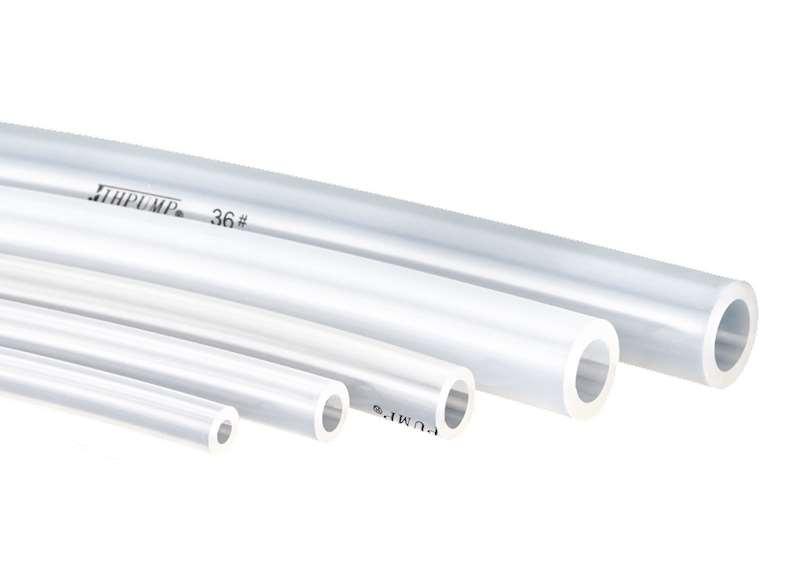Causes and Solutions for Damage to Imported Silicone Tubing in Peristaltic Pumps

Causes and Solutions for Damage to Imported Silicone Tubing in Peristaltic Pumps
As a consumable in peristaltic pumps, silicone tubing may encounter various types of damage during use. Under normal conditions, with a pump speed of 100 rpm and transporting liquids at room temperature, the lifespan of silicone tubing can range from 200 to 400 hours. However, imported A-60-F pump tubing can last anywhere between 2,000 to 10,000 hours. Despite this, improper tubing installation or exposure to corrosive liquids can cause premature or abnormal wear on the tubing. What are the specific causes of these damages?
1. Damage from Sharp Cuts (Examining the Break Point)
If the damaged tubing looks like it has been cut with a sharp knife, it's typically caused by contact with the rotor or flange edge within the peristaltic pump head. This kind of damage occurs when the tubing is too long and moves inside the pump head during operation, causing friction with the rotor flange. Over time, this friction can slice through the tubing quickly—often within 10 minutes—leading to complete rupture. This type of damage is often accompanied by a lot of tubing debris inside the pump.
Solution:
When installing the tubing, ensure it is straight inside the pump head and that no excess tubing is coiled or caught within.
Install a plastic clamp near the pump's inlet and outlet to prevent the tubing from loosening or shifting during operation.
2. Damage from Flattening or Surface Wear (Examining the Shape of the Damage)
If the tubing appears completely flattened, with a loss of elasticity and thinning of the tubing walls, accompanied by severe surface wear, the cause is typically related to a stuck rotor, impurities on the rotor or the pump's compression block, or excessive pump speed. When the rotor is stuck, it can scrape the tubing, increasing surface friction, which in turn raises the temperature. If the temperature exceeds 140°C, the tubing can lose its elasticity and may even melt or deform.
Solution:
Regularly check that the rotor inside the peristaltic pump head rotates freely.
Clean the compression block surface inside the pump head to prevent debris buildup.
Reduce the pump speed if necessary to avoid overheating the tubing.
- Art
- Causes
- Crafts
- Dance
- Drinks
- Film
- Fitness
- Food
- Games
- Gardening
- Health
- Home
- Literature
- Music
- Networking
- Other
- Party
- Religion
- Shopping
- Sports
- Theater
- Wellness


